The world of Scotch whisky is as rich and complex as the amber liquid itself. For centuries, this iconic spirit has been crafted in the misty glens and rugged highlands of Scotland, where tradition and innovation intertwine to create some of the most sought-after whiskies on the planet. From the peaty depths of Islay to the smooth, honeyed notes of the Lowlands, each region imparts its own distinctive character to the whisky it produces.
The origins of Scotch whisky can be traced back to the early Christian monks who brought the art of distillation to Scotland in the 4th or 5th century. However, it wasn't until the 15th century that whisky production began in earnest. The first written record of Scotch dates to 1494, when an entry in the Exchequer Rolls noted a sale of malt to Friar John Cor "to make aqua vitae" - the water of life. This humble beginning would eventually give rise to an industry that now contributes over £5 billion annually to the UK economy.
What truly sets Scotch apart is its strict legal definition. By law, Scotch whisky must be produced at a distillery in Scotland from water and malted barley (to which only whole grains of other cereals may be added), processed at that distillery into a mash, fermented only by the addition of yeast, and distilled to no more than 94.8% alcohol by volume. It must then be aged in oak casks in Scotland for at least three years, with no additives except water and plain caramel coloring. These regulations ensure that every bottle bearing the name Scotch whisky meets exacting standards of quality and authenticity.
The regional variations in Scotch whisky offer a fascinating study in terroir. The Highlands, Scotland's largest whisky-producing region, produces diverse styles ranging from rich and fruity to dry and heathery. Speyside, technically a sub-region of the Highlands, is home to more than half of Scotland's distilleries and is renowned for its elegant, complex malts often featuring notes of apple, honey, and spice. The Lowlands produce lighter, grassier whiskies typically triple-distilled for extra smoothness, while Campbeltown offers distinctive malts with briny, oily characteristics from this once-thriving whisky region.
Perhaps most famous of all is Islay, whose heavily peated whiskies divide opinion like no other. The island's eight working distilleries create some of the most intensely flavored Scotch, with medicinal, smoky, and seaweed notes that speak of the island's windswept shores. As whisky writer Dave Broom once noted, "Islay malts don't just taste of the sea, they taste in the sea." This remarkable diversity means there's a Scotch whisky to suit every palate, from the novice to the connoisseur.
The aging process is where Scotch whisky truly develops its character. As the spirit slumbers in oak casks - often previously used for bourbon or sherry - it undergoes a magical transformation. The wood imparts color, flavor compounds, and tannins while allowing slow oxidation to round out harsh edges. Master blenders play a crucial role in this process, carefully monitoring each cask's development and deciding when it has reached its peak. The angels' share - the portion of whisky lost to evaporation during aging - can amount to 2% per year, a sacrifice that contributes to the final product's concentration and complexity.
Modern Scotch whisky production balances centuries-old traditions with cutting-edge technology. While some distilleries still employ floor malting and direct-fired stills, others utilize computer-controlled fermentation and state-of-the-art condensers. This blend of old and new allows today's distillers to honor their heritage while meeting global demand. The recent boom in single malt Scotch has seen production methods become more transparent, with many distilleries offering tours that showcase every step of the process from grain to glass.
The global appreciation for Scotch whisky continues to grow, with emerging markets in Asia and Africa joining traditional strongholds in Europe and North America. Premiumization has become a key trend, as drinkers increasingly seek out limited editions, single cask bottlings, and rare aged expressions. At the same time, there's growing interest in the stories behind the whisky - the people, places, and processes that create each distinctive dram. As the industry looks to the future, sustainability initiatives are gaining importance, with many distilleries now using renewable energy and repurposing byproducts.
For all its sophistication, Scotch whisky remains at heart a democratic drink. Whether enjoyed neat, with a splash of water, or in classic cocktails like the Rob Roy or Blood and Sand, it offers pleasure at every level. The ritual of whisky tasting - observing the color, inhaling the aromas, savoring the flavors - connects drinkers across cultures and generations. In an age of rapid change, Scotch endures as a testament to craftsmanship, patience, and the alchemy that transforms simple ingredients into liquid gold.
The next time you raise a glass of Scotch, take a moment to appreciate the centuries of history in your dram. From the farmer who grew the barley to the cooper who made the cask, from the distiller who tended the still to the blender who perfected the final product - each has played a part in creating that moment of enjoyment. That's the true magic of Scotch whisky: it's not just a drink, but a story in every sip.
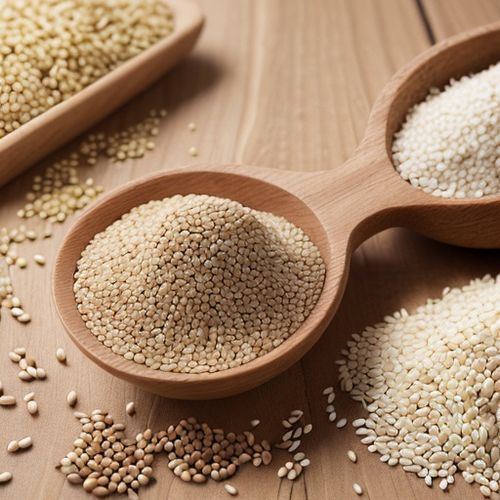
By George Bailey/May 12, 2025
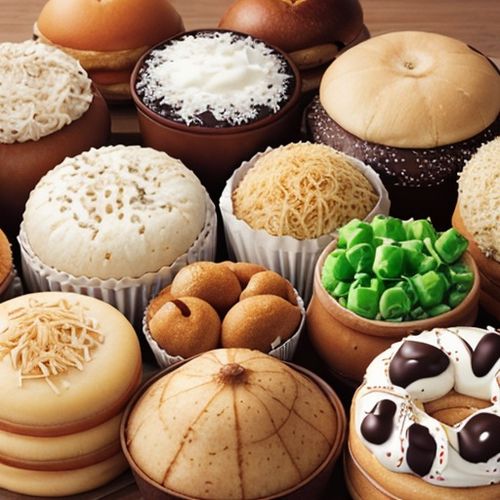
By Amanda Phillips/May 12, 2025

By Thomas Roberts/May 12, 2025
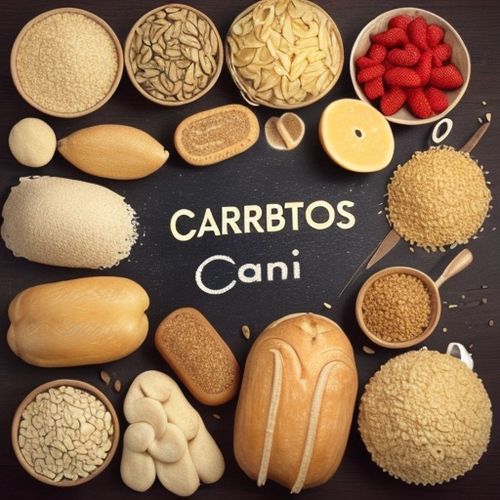
By Benjamin Evans/May 12, 2025
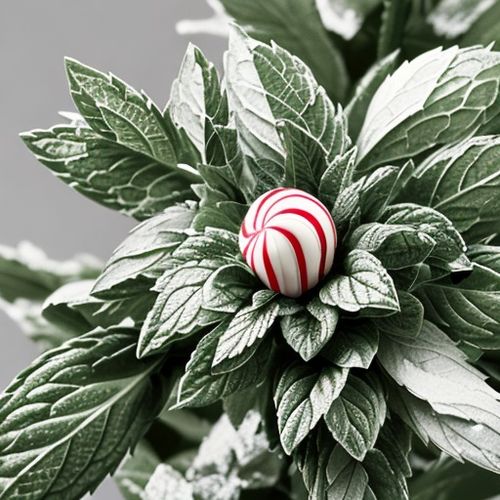
By Natalie Campbell/May 12, 2025

By Lily Simpson/May 12, 2025
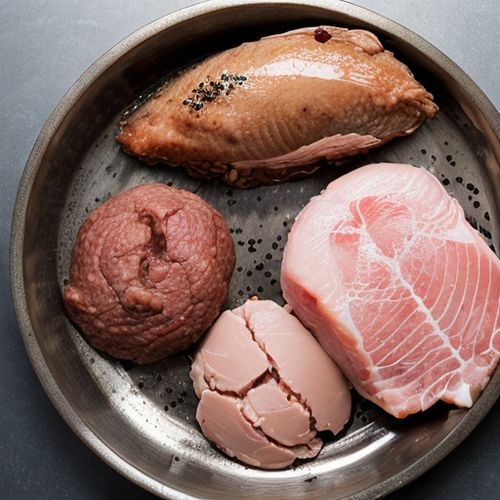
By Megan Clark/May 12, 2025
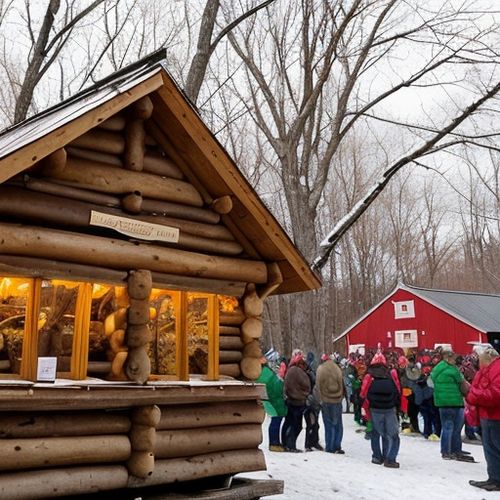
By Christopher Harris/May 10, 2025
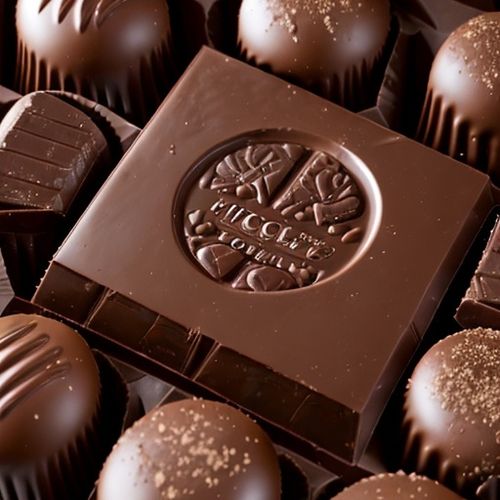
By Emma Thompson/May 10, 2025
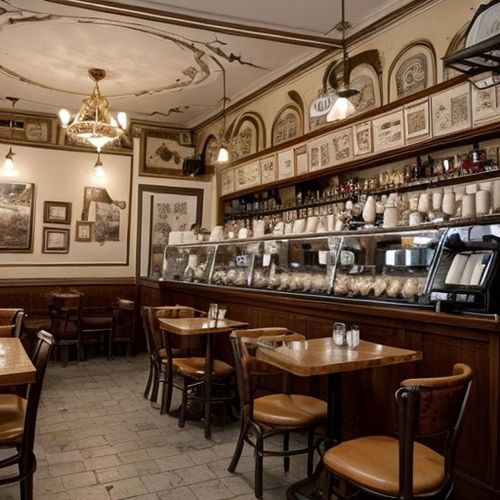
By Ryan Martin/May 10, 2025
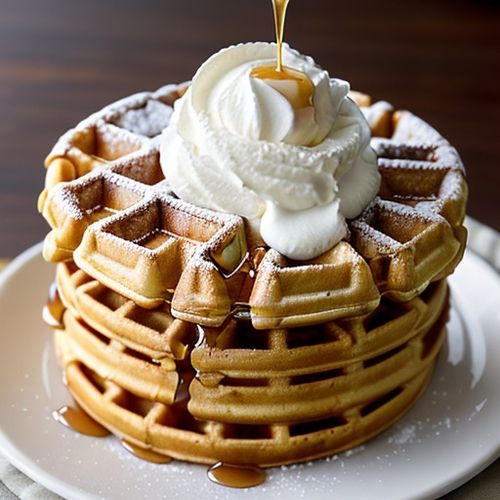
By Michael Brown/May 10, 2025
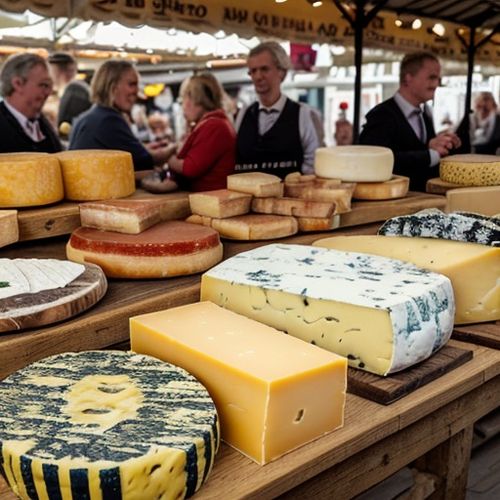
By Sophia Lewis/May 10, 2025
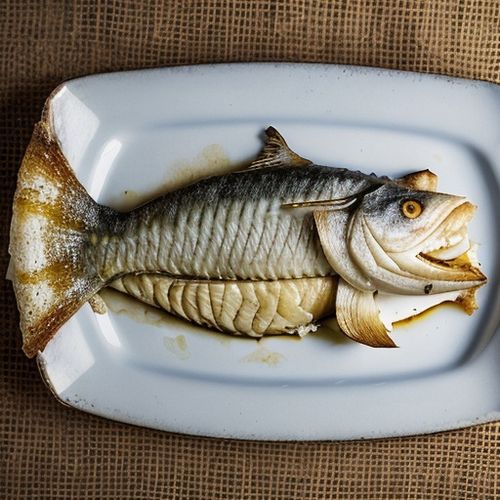
By Eric Ward/May 10, 2025
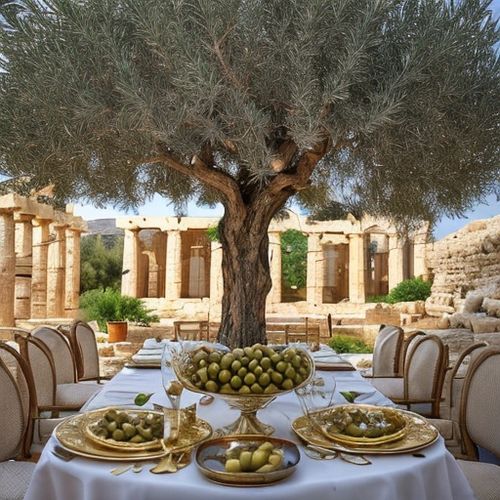
By George Bailey/May 10, 2025
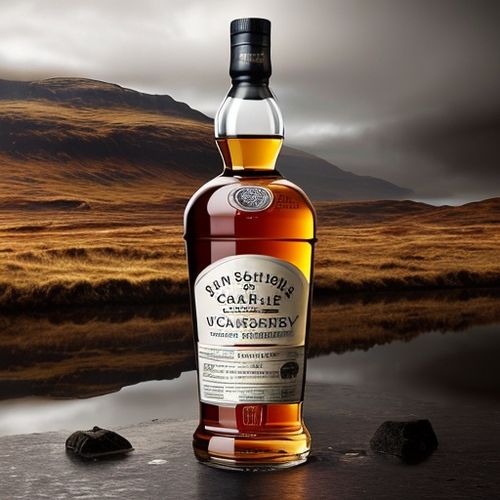
By Elizabeth Taylor/May 10, 2025